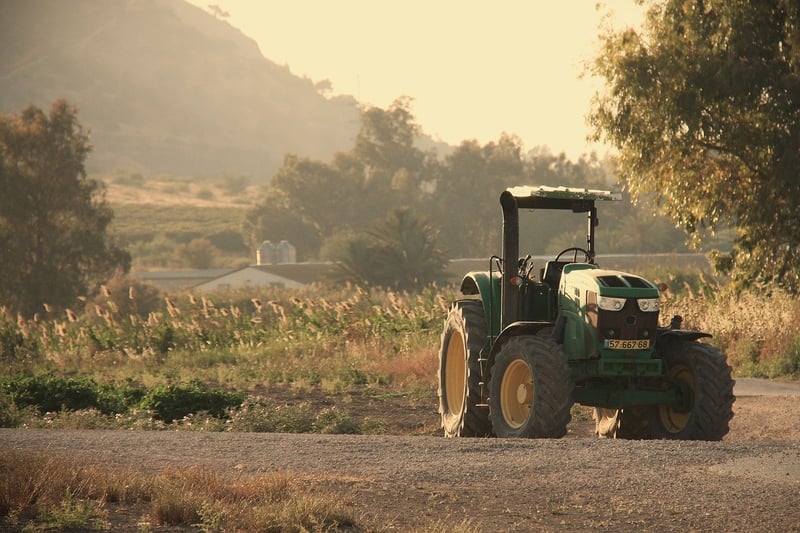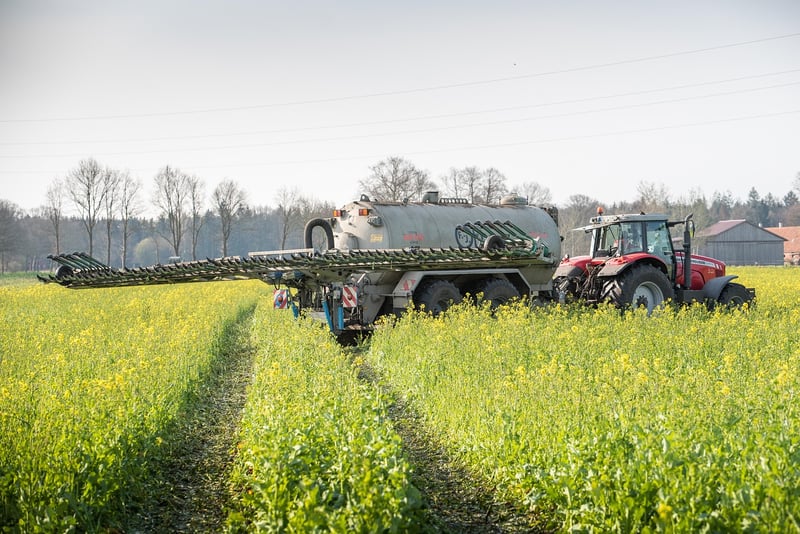Crop Rotation
Enhance Soil Vitality through Crop Rotation

Soil vitality is essential for maintaining healthy crops and sustainable farming practices. One effective way to enhance soil vitality is through crop rotation, a technique that has been used for centuries to improve soil health and boost crop yields.
What is Crop Rotation?
Crop rotation is the practice of growing different types of crops in the same area in sequential seasons. By rotating crops, farmers can prevent the depletion of soil nutrients, reduce the buildup of pests and diseases, and improve overall soil structure.
Benefits of Crop Rotation
- Soil Health: Different crops have different nutrient needs, so rotating crops helps maintain soil fertility and reduces the need for synthetic fertilizers.
- Pest and Disease Management: Rotating crops disrupts pest and disease cycles, making it harder for them to establish and spread.
- Weed Control: Certain crops can help suppress weeds, reducing the need for herbicides.
- Improved Crop Yields: Healthy soil leads to healthier plants and better yields over time.
How to Implement Crop Rotation
- Plan Ahead: Create a rotation schedule that takes into account the nutrient needs of different crops and their impact on soil health.
- Diversify Crops: Include a variety of crops such as legumes, grains, and root vegetables in your rotation plan.
- Rotate by Family: Avoid planting crops from the same family in consecutive seasons to minimize disease buildup.
- Consider Cover Crops: Plant cover crops like clover or rye during fallow periods to protect soil and add organic matter.
Conclusion
Crop rotation is a simple yet powerful technique that can significantly improve soil vitality and crop productivity. By implementing a well-planned crop rotation strategy, farmers can enhance soil health, reduce reliance on chemicals, and promote sustainable agriculture practices for future generations.
Start implementing crop rotation in your fields today and reap the benefits of healthier soil and bountiful harvests!
References: University of Minnesota Extension - Crop Rotation and Cover Crops
